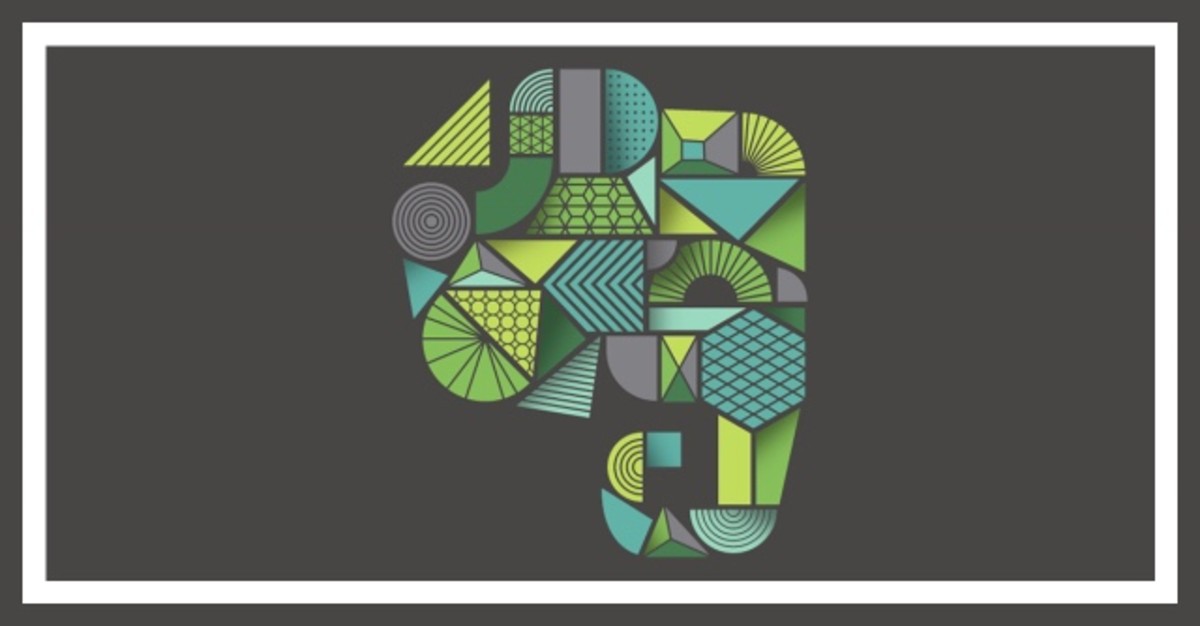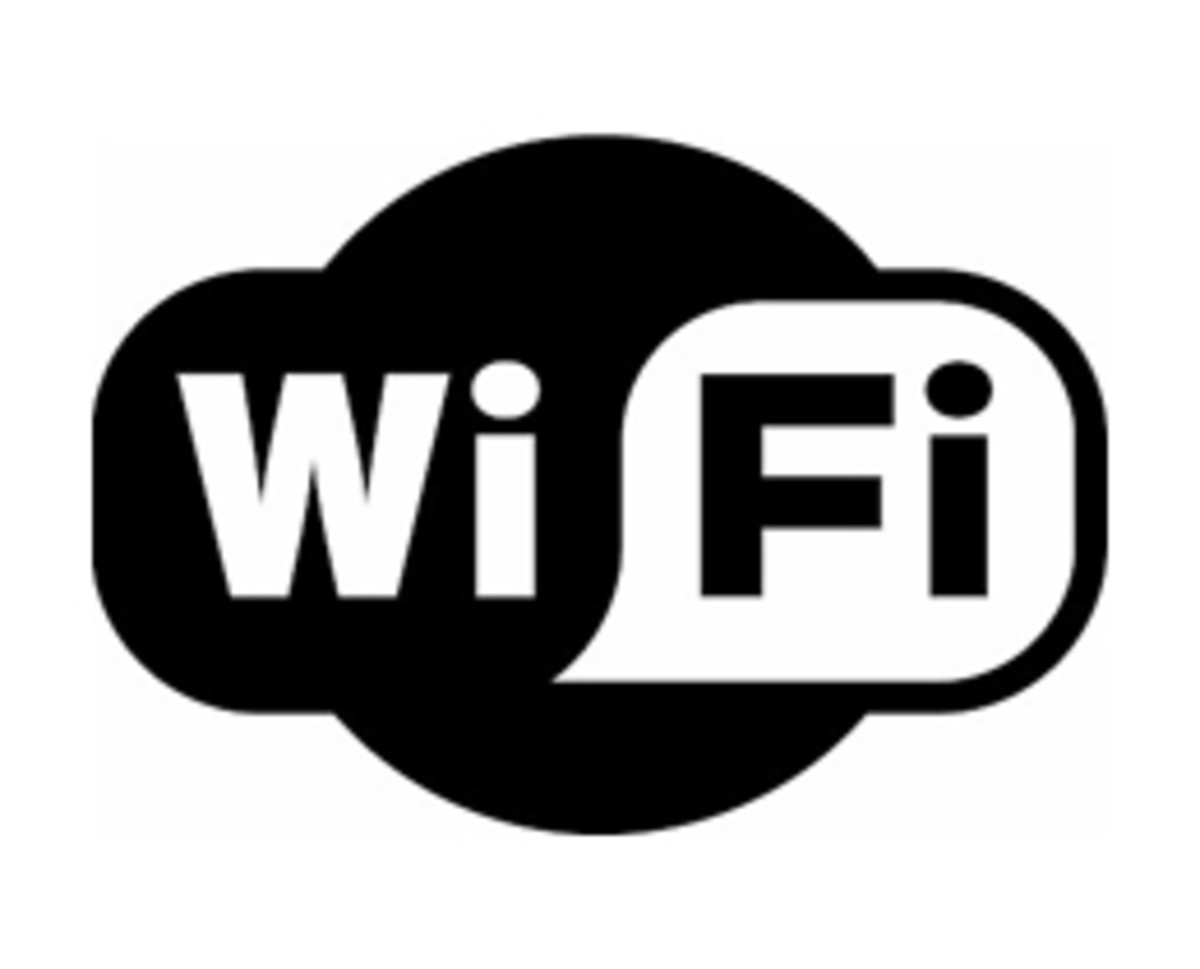How To Buy Binoculars
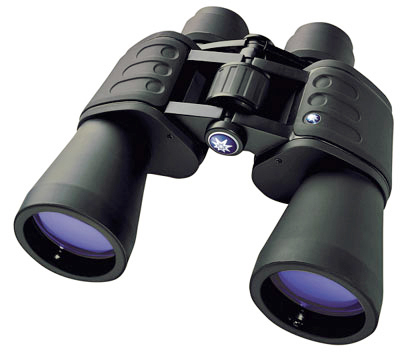
Take Care When Buying Binoculars
When you look at buying binoculars, it doesn't occur to you that anyone could take them seriously way they would a telescope. With a telescope, you might well imagine that there are complex optics involved and that you do need to learn something before you buy. Do you really need to learn how to buy binoculars though? Those are like playthings, aren't they?
Not so fast. In fact, look up a buying guide for telescopes, more often than not, you'll see them recommend that you learn how to buy binoculars instead. For your money, you'll get better value, and binoculars are simpler to own the telescopes.
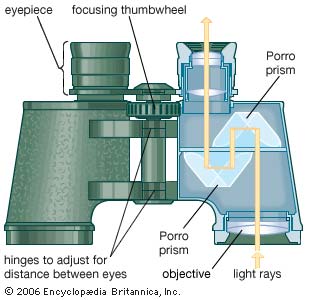
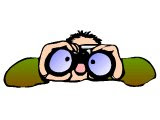
Choose One For Discount
How To Choose Binocular
All you need in a basic introduction to how to buy binoculars is, an explanation of what the basic parts of the device are and what the basic terminology used is. Once you get this, you'll be able to understand what the basic binocular types are, and make a choice.
So let's start at the beginning. Whether it's buying binoculars or telescopes, the quality of what you get to see is mainly determined by the objective lenses – the lens(es) on the far end. The larger these are, the more the area they have that visual information can be collected from. That's the most important thing. On the other end of the binoculars, the eyepieces, where you place your eyes, are magnifying glasses built out of an array of 2 to 5 separate lenses. Whatever image the objective lenses on the other end are able to bring in, these eyepieces will magnify.
The magnification works quite the way you experience it on a digital camera. If it's a low-quality 0.3MP cell phone camera, no amount of digital zoom is going to actually make anything clear. You're just going to get really big colored blocks before. On a pair of binoculars, if the objective lenses aren't large or great quality, no amount of magnification in the eyepieces is going to do you any good. In fact, too much magnification will only make the images seem hazy and otherwise poor.
There are basically two kinds of binoculars – the straight ones and the ones that have the objective lenses set wider than the eyepieces. The zigzag ones use Porro prisms. These are typically cheaper and lower in quality. Binoculars that use roof prisms are shaped like straight-out twin tubes. Usually, these are better quality. But there's really no telling. They could make either well or not.
The next thing you need to understand is how they specify binoculars. Typically, the first thing you see them mention on the display card is a number like 7x48mm or something like that. What this means is that the objective lenses are 48mm, and the eyepieces magnify whatever comes through seven times. The bigger the second number, the better your binoculars are.



